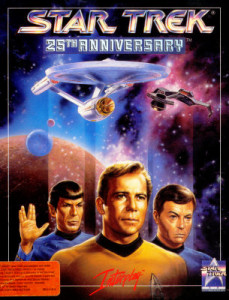
Star Trek: 25th Anniversary is an adventure video game developed and published by Interplay Productions in 1992, based on the Star Trek universe. The game chronicles various missions of James T. Kirk and his crew of the USS Enterprise. Its 1993 sequel, Star Trek: Judgment Rites, continues and concludes this two-game series.

Richard Joseph was an English computer game composer, musician and sound specialist. He had a career spanning 20 years starting in the early days of gaming on the C64 and the Amiga and onto succeeding formats.

Amiga Power (AP) was a monthly magazine about Amiga video games. It was published in the United Kingdom by Future Publishing and ran for 65 issues, from May 1991 to September 1996.

Sensible Soccer, often called Sensi, is an association football video game series which was popular in the early 1990s and which still retains a following. It was developed by Sensible Software and first released for Amiga and Atari ST computers in 1992 as well as for the IBM PC compatibles. The series was created by Jon Hare and Chris Yates, as a successor to their previous football game MicroProse Soccer (1988), which in turn was inspired by the arcade video game Tehkan World Cup (1985).
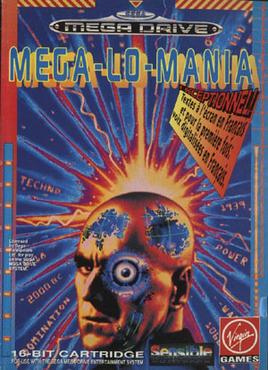
Mega-Lo-Mania is a real-time strategy video game developed by Sensible Software. It was released for the Amiga in 1991 and ported to other systems. It was released as Tyrants: Fight Through Time in North America and Mega Lo Mania: Jikū Daisenryaku (メガロマニア時空大戦略) in Japan. The game was re-released on ZOOM-Platform.com via Electronic Arts on August 31, 2022.

Cannon Fodder is a series of war themed action games developed by Sensible Software, initially released as Cannon Fodder for the Commodore Amiga. Only two games in the series were created by Sensible, but were converted to most active systems at the time of release. A sequel, Cannon Fodder 2, was released in 1994 for Amiga and DOS. A third game, Cannon Fodder 3, was made by a Russian developer and released in English in 2012.
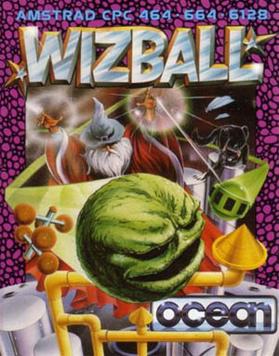
Wizball is a horizontally scrolling shooter written by Jon Hare and Chris Yates and released in 1987 for the Commodore 64 and later in the year for the ZX Spectrum and Amstrad CPC. Versions for the Amiga and Atari ST were released in the following year. Wizball was also ported to IBM PC compatibles and the Thomson MO5.
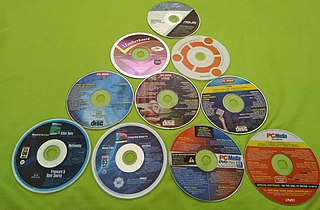
Covermount is the name given to storage media or other products packaged as part of a magazine or newspaper. The name comes from the method of packaging; the media or product is placed in a transparent plastic sleeve and mounted on the cover of the magazine with adhesive tape or glue.

Jungle Strike is a video game developed and published by Electronic Arts in 1993 for the Sega Genesis. The game was later released on several other consoles such as the Super Nintendo Entertainment System (SNES), and an upgraded version was made for DOS computers. The Amiga conversion was the responsibility of Ocean Software while the SNES and PC DOS versions were that of Gremlin Interactive, and the portable console versions were of Black Pearl Software. It is the direct sequel to Desert Strike and is the second installment in the Strike series. The game is a helicopter-based shoot 'em up, mixing action and strategy. The plot concerns two villains intent on destroying Washington, D.C. The player must use the helicopter and occasionally other vehicles to thwart their plans.

Cannon Fodder 2: Once More unto the Breach, or simply Cannon Fodder 2, is an action-strategy shoot 'em up game developed by Sensible Software and published by Virgin Interactive for the Amiga and DOS in November 1994. The game is the sequel to Cannon Fodder, a successful game released for multiple formats in 1993. The game is a combination of action and strategy involving a small number of soldiers battling through a time-travel scenario. The protagonists are heavily outnumbered and easily killed. The player must rely on strategy and heavy secondary weapons to overcome enemies, their vehicles and installations.
Sensible Golf is a 2D golf game released by Sensible Software in 1995 for the Amiga. It uses the same pin-like characters as Sensible Soccer and Cannon Fodder. The theme tune was written by the lead game designer, Jon Hare, and a promotional video was directed by Carl Smyth from the group Madness and filmed in Regent's Park, London. The game received lackluster reviews and sold poorly.
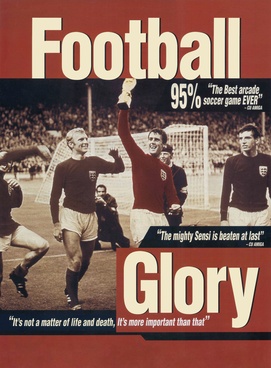
Football Glory is a 1994 football video game developed by Croteam and published by Black Legend. One or two players compete in football matches viewed from a top-down perspective and modelled after one of six leagues and cups. The players can perform various moves, including tackles and bicycle kicks, and view instant replays of highlights. The pitch is occasionally invaded by dogs, streakers, hooligans, and police.
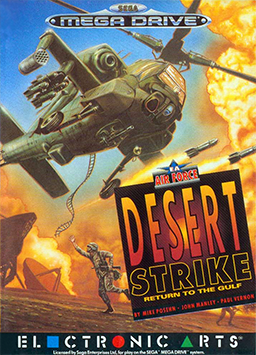
Desert Strike: Return to the Gulf is a shoot 'em up video game released by Electronic Arts (EA) in March 1992 for the Sega Genesis. The game was released on several other formats such as the Super Nintendo Entertainment System, including a much upgraded version for the Amiga home computer. The game was inspired by the Gulf War and depicts a conflict between an insane Middle Eastern dictator, General Kilbaba, and the United States. The player controls an Apache helicopter and attempts to destroy enemy weapons and installations, rescue hostages and capture enemy personnel, while managing supplies of fuel and ammunition.

Worms is a 2D artillery tactical video game developed by Team17 and released in 1995. It is the first game in the Worms series of video games. It is a turn based game where a player controls a team of worms against other teams of worms that are controlled by a computer or human opponent. The aim is to use various weapons to kill the worms on the other teams and have the last surviving worm(s).

Sensible World of Soccer is a 1994 football video game designed and developed by Sensible Software as the sequel to their 1992 game Sensible Soccer. It combines a 2D football game with a comprehensive manager mode. The game includes contemporary season data of professional football from around the world, with a total number of 1,500 teams and 27,000 players.
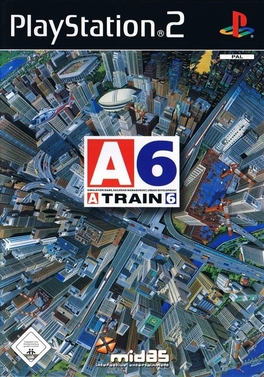
A-Train is a series of business simulation video games developed and published by Japanese game developer Artdink in Japan. The first game in the series was published in 1985. The first release in the United States was Take the A-Train II, published in 1988 by the Seika Corporation under the title Railroad Empire. However, the most well known U.S. release is Take the A-Train III, published in 1992 by Maxis as simply A-Train. There is also the spin-off title C.E.O.

In video games, first-person is any graphical perspective rendered from the viewpoint of the player character, or from the inside of a device or vehicle controlled by the player character. It is one of two perspectives used in the vast majority of video games, with the other being third-person, the graphical perspective from outside of any character ; some games such as interactive fiction do not belong to either format.

Superman: The Man of Steel is a 1989 video game featuring the DC Comics character Superman. It was developed and published by UK software company Tynesoft under license from First Star Software.
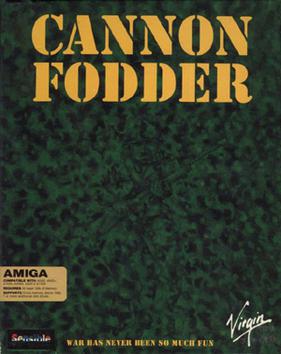
Cannon Fodder is a shoot 'em up developed by Sensible Software and published by Virgin Interactive Entertainment for the Amiga in 1993. Virgin ported the game to MS-DOS, the Atari ST and the Acorn Archimedes, as well as the Atari Jaguar, Mega Drive, SNES and 3DO. The game is military-themed and based on shooting action with squad-based tactics. The player directs troops through numerous missions, battling enemy infantry, vehicles and installations.
Stuart Campbell is a Scottish blogger, video game designer and former video game journalist. Born in Stirling, he moved to Bath in 1991 to work for computer magazine Amiga Power as a staff writer, where he gained attention for his video game reviews. He has lived in Somerset ever since, and made further contributions to a number of publications both within the video game industry and in the popular media.


















